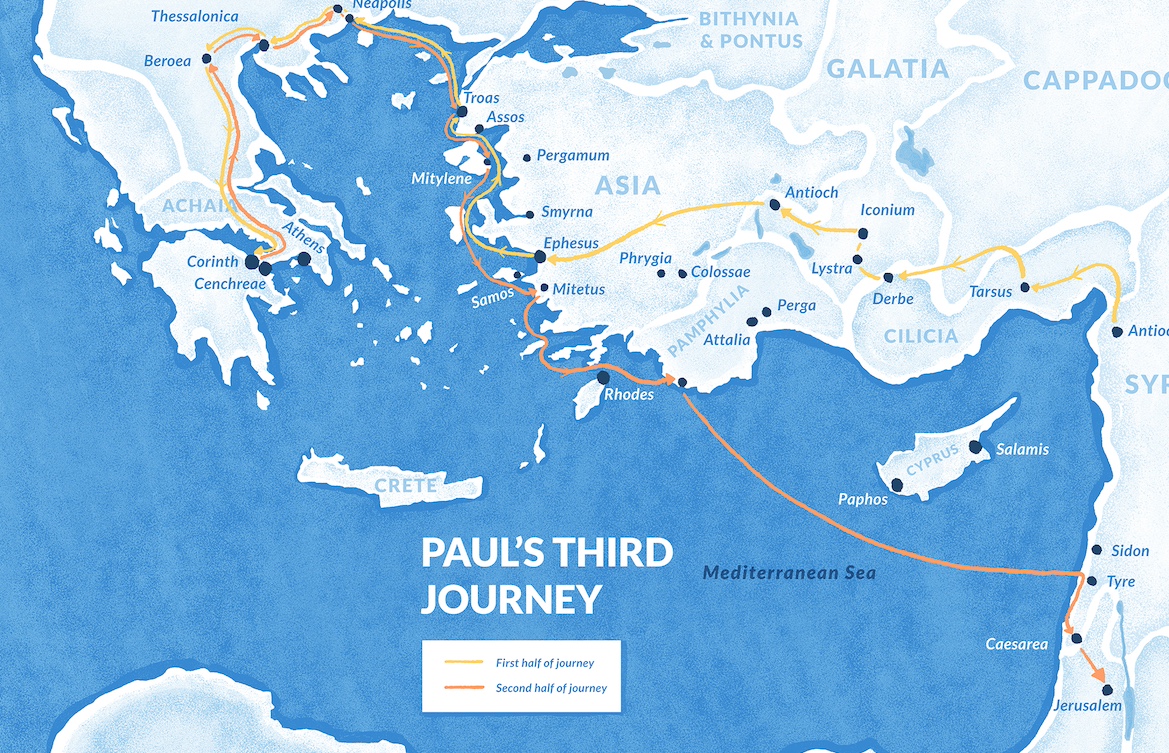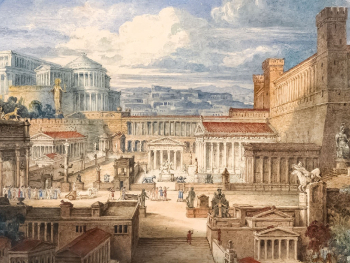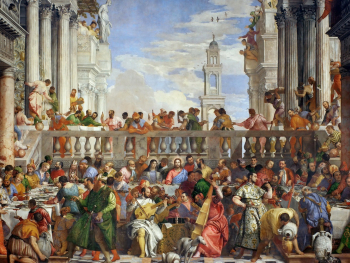The Apostle Paul, also known as Saint Paul, is one of the most influential figures in Christian history. His missionary journeys across the Mediterranean world played a pivotal role in spreading the message of Christianity and establishing the early Christian church. Through his letters, known as the Pauline Epistles, Paul left behind a rich legacy that continues to inspire believers around the globe. In this article, we will embark on a journey to map out the Apostle Paul's missionary travels and explore the significance of his journeys in shaping the early Christian movement.
The First Missionary Journey:
Paul's first missionary journey, recorded in the book of Acts, took place in the mid-1st century AD. Accompanied by Barnabas and John Mark, Paul set out from Antioch in Syria and traveled across the island of Cyprus, preaching the gospel in various cities along the way. From Cyprus, they sailed to the region of Pamphylia in Asia Minor (modern-day Turkey), where they continued their mission in cities such as Perga and Antioch of Pisidia.
The Second and Third Missionary Journeys:
Paul's subsequent missionary journeys took him to different regions of the Mediterranean world, including Greece, Macedonia, and Asia Minor. During his second journey, Paul revisited many of the cities he had previously evangelized and established new Christian communities in places like Philippi, Thessalonica, and Corinth. His third journey saw him traveling extensively throughout Asia Minor, preaching the gospel and strengthening the churches he had founded.
Mapping Paul's Journeys:
Mapping the Apostle Paul's journeys requires a combination of biblical accounts, historical records, and archaeological evidence. Scholars have pieced together a rough itinerary of Paul's travels based on references in the New Testament, ancient inscriptions, and the remains of ancient cities and roads.
Key sites along Paul's journeys include cities like Ephesus, where he spent a significant amount of time and wrote one of his most famous letters to the Ephesians. Other notable destinations include Corinth, where Paul established a vibrant Christian community, and Rome, where he eventually traveled as a prisoner and wrote several of his later epistles.
Following in His Footsteps:
For modern-day pilgrims and travelers, retracing the footsteps of the Apostle Paul offers a unique opportunity to connect with the early roots of Christianity. Many of the sites associated with Paul's journeys, such as Ephesus, Corinth, and Thessalonica, are open to visitors and offer guided tours and educational programs.
Beyond the physical geography, exploring Paul's journeys can also deepen one's understanding of the cultural, social, and religious context of the early Christian movement. By immersing oneself in the world of the New Testament and walking in the footsteps of the Apostle Paul, believers can gain valuable insights into the challenges and triumphs of the early church and draw inspiration from Paul's unwavering faith and dedication to spreading the gospel.
Mapping the Apostle Paul's journeys allows us to trace the spread of Christianity across the ancient world and appreciate the enduring impact of Paul's ministry. As we follow in his footsteps, we are reminded of the transformative power of the gospel message and the timeless relevance of Paul's teachings in our lives today.






